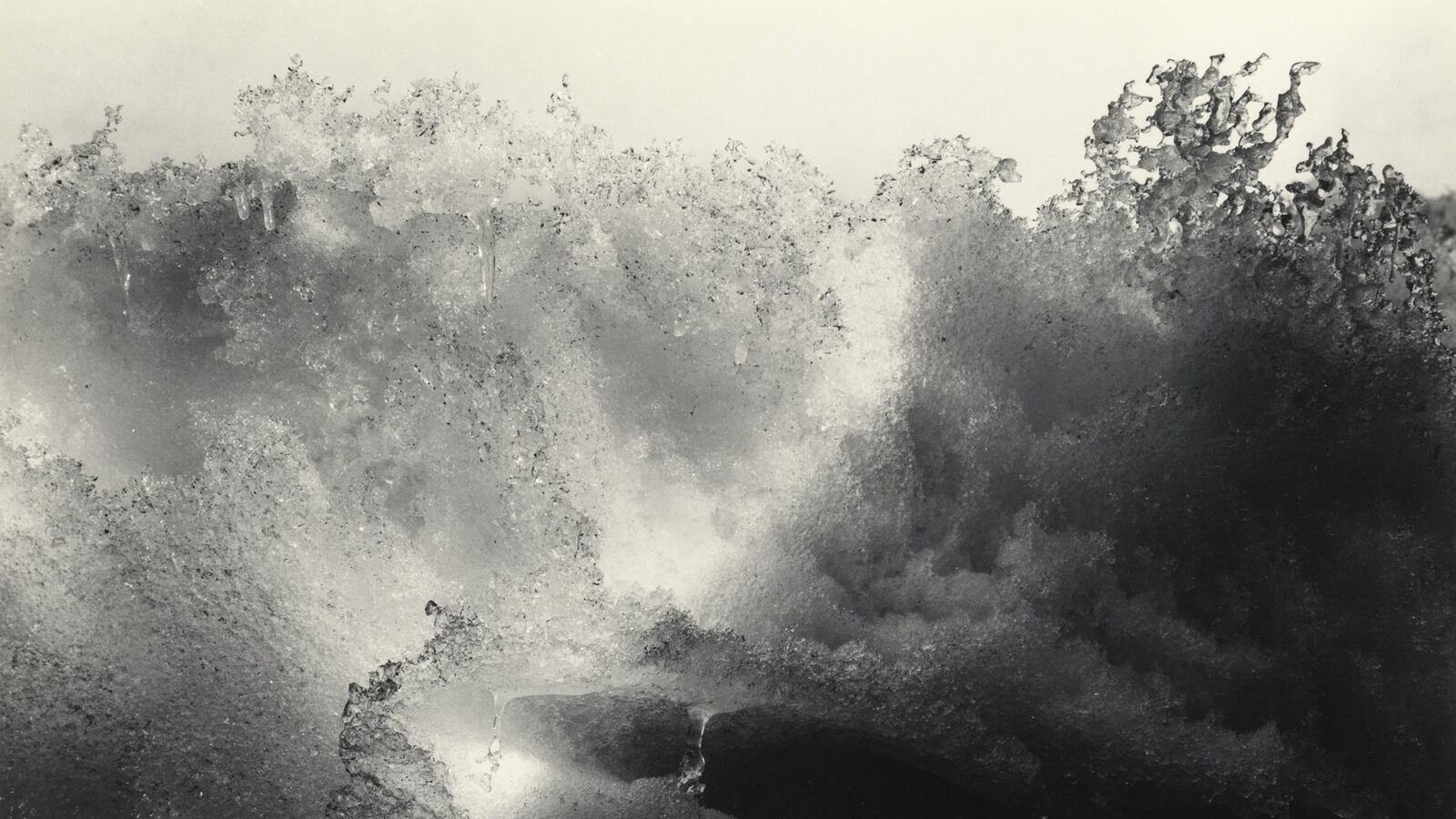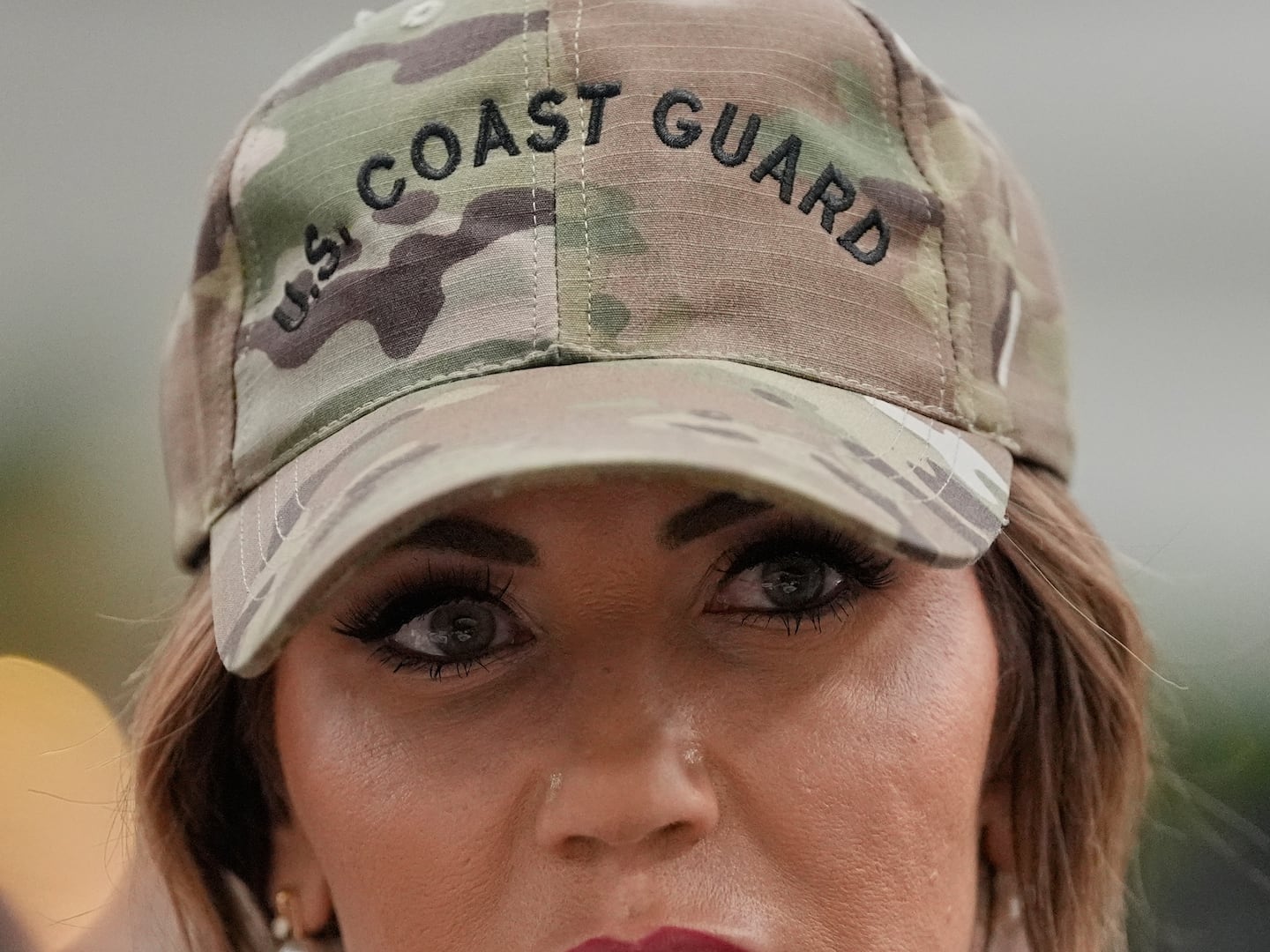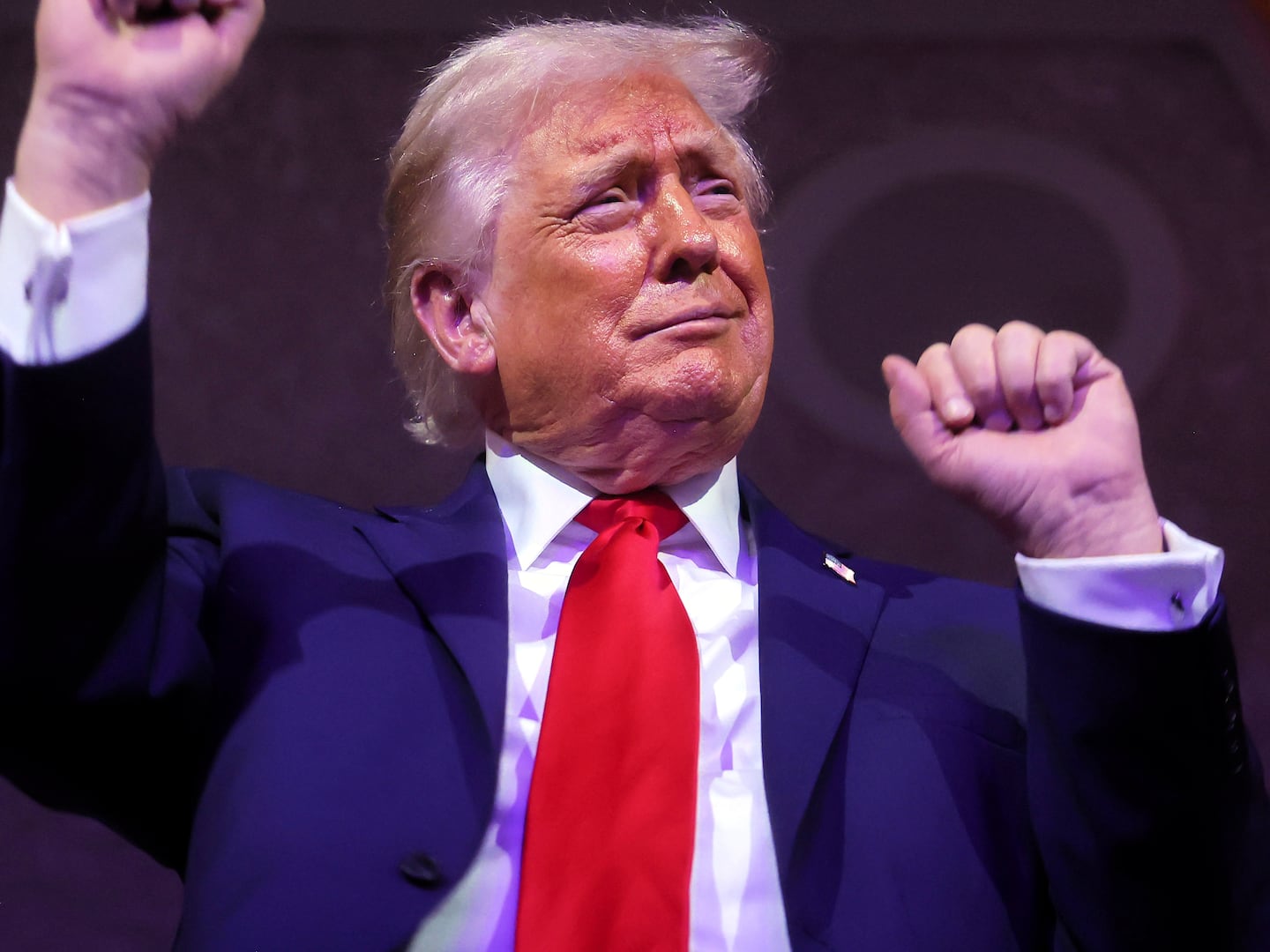
At the opening night of Minor White: Manifestations of the Spirit at the J. Paul Getty Museum, I marched up to a wall of photographs, scrunched up my face with anxiety, occupied my mind with other junk, and looked hard at Minor White’s sequence of photographs titled Sound of One Hand. “White’s sequences are meant to be read from left to right, preferably in a state of relaxation and heightened awareness,” read the words of Paul Martineau, curator of the exhibition, on the didactic next to the sequence. Instead, I looked at them right to left—it was anarchy!
People have been fighting against Minor White for years, and I wanted to get a taste of it—the critique of his metaphysics, his transcendental photomysticism, his unrelenting drive to turn the camera into an alchemical spirit-searching guide. I’ll "one hand" you, Minor White, I thought to the man, dead in his grave since I was just a tot, as I squinted at a black-and-white image of a window sill, curtains draped in geometrical planes of varying illumination from the soft-afternoon light, a circular reflection pouring in—as if from outside—but emanating from some shiny round object covered with snaking ropes, or maybe plant stems...
It was called Windowsill Daydreaming, Rochester, New York, from 1958, and, despite its corny name, it stopped me in my tracks.
Photos: Minor White Exhibition at the Getty Center

Yes, people have talked down about Minor White. In his book Photography Until Now, then-curator of New York’s MoMA photography department John Szarkowski dismissed the acolyte-inducing fervor that found form in White’s co-founding of Aperture magazine in 1952, where he served as editor until 1975. Szarkowski wrote: “By the 1960s, Minor White seems to have designed a circuit of artistic communication that dispensed with the need for tradition—a social construction—and required only the artist and any random viewer.” Szarkowski critiqued White’s insistence that the viewer would always find his or her core self in his images whether they admitted it or not. Szarkowski responded: “The claim is impossible to refute, and in fact not easy to understand.”
The late Allan Sekula’s near vitriol in his essay “On the Invention of Photographic Meaning,” published in Artforum in 1975 suggested that Minor White’s influence, delivered through his decades of reign over Aperture, made for “a community of mystics united in the exchange of fetishes” that served only to deliver “the devolution of photographic art into mystical trivia.”
Even Robert Adams, brilliant, eloquent, and nice-guy photographer extraordinaire, seemed to be gritting his teeth through his essay on White in the 1984 tribute issue of Aperture, dedicated to it’s most memorable founder who had died eight years prior. Adams, in “The Spring-tight Line,” wrote that he found White’s most abstract works—in which it is impossible to discern distance or location—to be a conundrum. Though he guessed that White’s drive to abstract may have stemmed from a life in perpetual “struggle with the world of appearances that must have at times been extreme, and from which escape must have been attractive”—for White was a closeted homosexual—Adams also relegated the tendency to that of a “pedagogical tactic, however ironically counterproductive it seems to me, for leading students to look at life.” Adams wrote that White’s most successful works were those in which you can still recognize something, for “context is essential: miracles alone, without the norm, are not really miracles at all. Without the setting of the identifiable world we are unconvinced for White’s transcendental truths because we are not allowed to experience the conditions of their discovery.”
But the conditions of discovery were not Minor White’s intention. He was seeking the experience of “transactional photography,” a performance of sorts portraying the dance of emotional and intellectual affect between photographer and viewer. The photograph to White was a manifestation of spiritual significance. And I suppose Robert Adams was simply unaware that much of what White’s students—and true admirers—gained from his “pedagogy” and role as a leading photographer, teacher, editor, curator, and critic of the 20th-century Modernist persuasion, oftentimes had very little to do with “leading students to look at life.” While certainly touching upon the key mechanics and techniques of photography, White’s later classes and workshops were greatly influenced by his interest in Eastern religion and spirituality and had just as much to do with how to cultivate the inner life and the language of symbolism and metaphor as how to compose the image of a flower.
In constructing the exhibition, curator Martineau was keenly aware that, as influential as Minor White has been, he has also been “controversial, misunderstood, and sometimes overlooked.” This is the first solo show of Minor White in 25 years. But perhaps it is time. After all, my act of rebellion fizzled in a picture called Window Daydreaming.
Understanding these images on White’s level is a fascinating journey through a particular 20th-century psychology, a phenomenon curator Lisa Hostetler (now of the George Eastman House) has called a postwar “metaphysical estrangement from the material world.” In the 20th century, we learned that we could crawl inside of a photograph and find ourselves. Some of us crawled back out and found meaning elsewhere—but in Minor White’s world, this was life-affirming.






